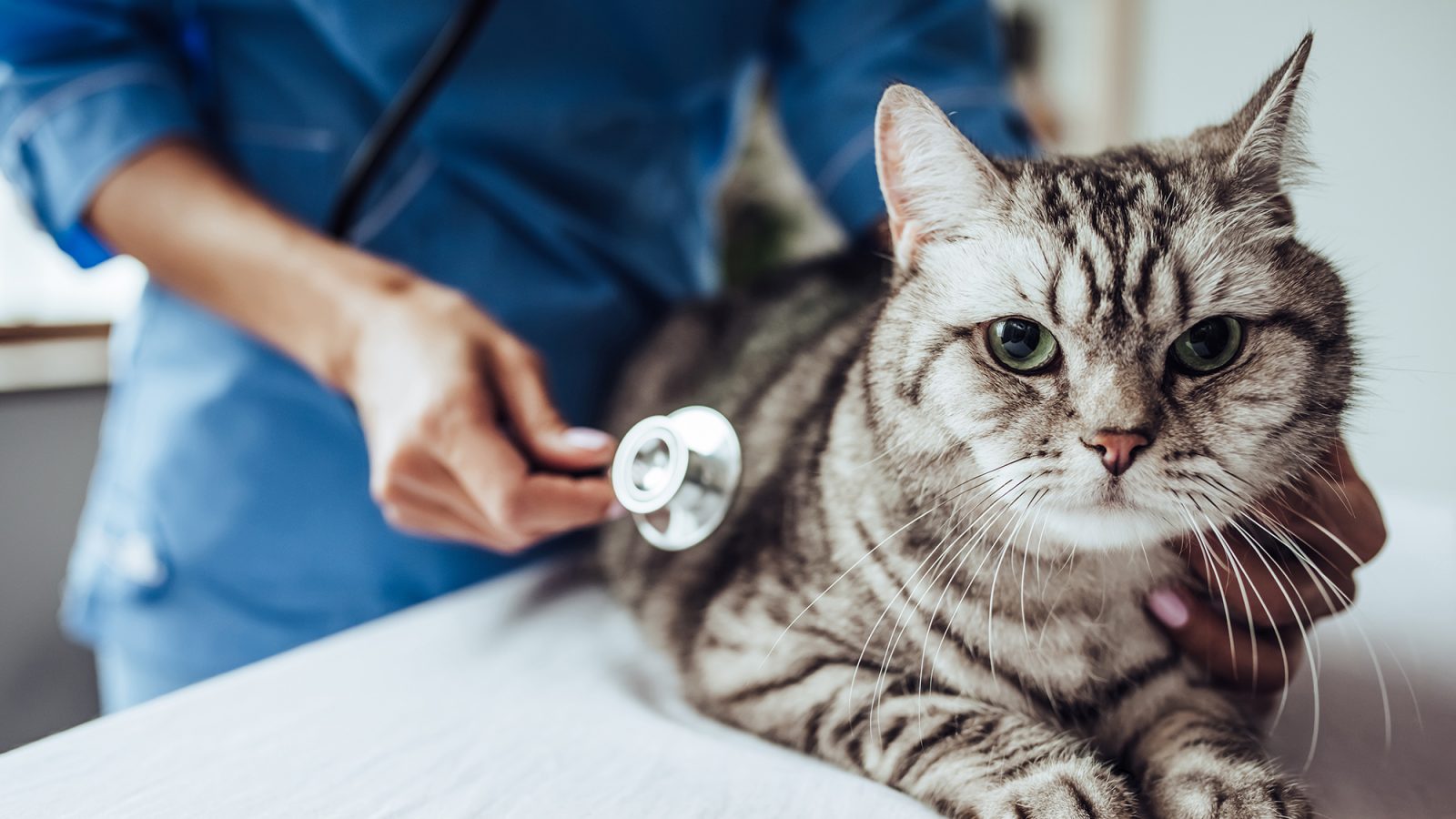When we think of healthcare, our minds often conjure images of doctors in white coats, stethoscopes in hand, tending to human patients. However, there exists a parallel world of healthcare professionals who play a crucial role in ensuring the well-being of animals and, indirectly, the health of humans. These unsung heroes are none other than veterinarians, individuals dedicated to the welfare of animals and the promotion of public health. In this exploration, we delve into the multifaceted world of veterinary medicine, examining the pivotal roles veterinarians play, their educational journey through veterinary school, and the impact they have on animal health, food safety, and beyond.
The World of Veterinary Medicine
Veterinary medicine, often simply referred to as vet medicine, encompasses a vast and diverse field. Veterinarians, commonly known as vets, are the medical professionals responsible for diagnosing and treating illnesses and injuries in animals. This includes pets, livestock, wildlife, and even exotic creatures. The field of veterinary medicine is not confined to ensuring the health and well-being of animals but extends to safeguarding human health by monitoring and controlling diseases that can be transmitted between animals and humans.
In essence, veterinarians are bridge builders between the worlds of animal and human health. Their work helps prevent the spread of zoonotic diseases—those that can be transmitted from animals to humans. Examples of zoonotic diseases include rabies, West Nile virus, and avian influenza. By identifying and treating these diseases in animals, veterinarians contribute significantly to the protection of public health. If you are looking for the best dissertation writing services then you have found it. These services will help you cope with essays on any topic.

The Role of Veterinarians in Ensuring Food Safety and Inspection
One of the critical roles veterinarians play in society is ensuring the safety of the food supply. This responsibility extends from the farm to the table. Veterinarians who specialize in food safety and inspection work closely with food animals, such as cattle, pigs, and poultry, to monitor their health and prevent the spread of diseases that could contaminate the food supply.
Writepaper stands out as a beacon of excellence in the writing service industry. Its combination of skilled writers, personalized service, adherence to deadlines, and commitment to quality makes it an invaluable asset for anyone looking to enhance their written communication.
Food safety veterinarians inspect food processing plants to ensure that the production of meat, dairy, and other animal-derived products meets strict health and safety standards. They also conduct investigations in cases of foodborne illness outbreaks, working alongside other public health officials to identify and mitigate the source of contamination.
In essence, these veterinarians act as a crucial link in the chain of food production, guaranteeing that the food we consume is safe and free from pathogens that could jeopardize human health.
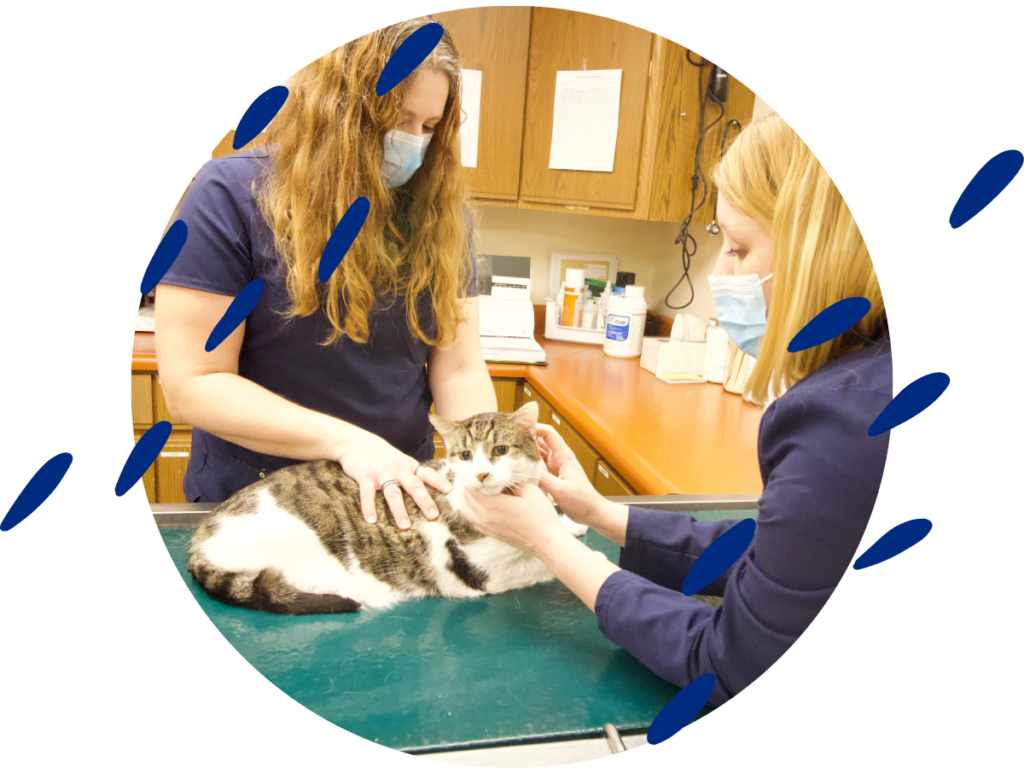
Becoming a Veterinarian: The Path to Veterinary School
For those who aspire to become veterinarians and embark on a career in veterinary medicine, the journey begins with a strong foundation in science and a deep passion for animals. The path to becoming a veterinarian is not an easy one, and it typically starts with a bachelor’s degree. Prospective veterinarians often major in biology, chemistry, or a related field to gain the necessary knowledge and prerequisites required for admission to veterinary school.
Admission to veterinary school in the United States is highly competitive. Prospective students must excel academically and perform well on standardized tests such as the Graduate Record Examination (GRE) or the Medical College Admission Test (MCAT). These exams assess a candidate’s aptitude for the rigorous curriculum they will encounter in veterinary school.
Doctor of Veterinary Medicine (DVM): The Key to Animal Healthcare
After completing their undergraduate education, aspiring veterinarians enter veterinary school, where they undertake a comprehensive and intensive four-year program. Veterinary schools are typically affiliated with a college of veterinary medicine and offer a Doctor of Veterinary Medicine (DVM) degree upon graduation.
The curriculum in veterinary school covers a wide range of topics, from anatomy and physiology to pharmacology and surgery. Students learn to diagnose and treat a variety of animal species, from small pets like dogs and cats to large farm animals like cows and horses. Veterinary medical colleges provide a holistic education that equips students with the skills and knowledge required to excel in their future careers.
Upon completing their DVM, veterinarians may choose to pursue further specialization in areas such as laboratory animal medicine, equine medicine, or public health. This additional training allows them to become experts in specific fields within veterinary medicine, enhancing their ability to provide specialized care to animals.
Promoting Animal Health and Wellness
Veterinarians do much more than diagnose and treat diseases in animals. They also play a crucial role in promoting animal health and wellness through preventive medicine. Just as we visit our doctors for regular check-ups and vaccinations, pet owners turn to veterinarians to ensure the well-being of their furry companions.
Preventive medicine in veterinary care involves routine vaccinations, dental care, and nutritional guidance for pets. It also includes counseling pet owners on responsible pet ownership, including the importance of spaying and neutering to control the pet population.
Farm veterinarians may be called upon to diagnose and treat illnesses, provide reproductive services, and offer guidance on proper nutrition and herd management practices. Their expertise helps maintain the health of these food animals and contributes to the sustainability of agricultural practices.
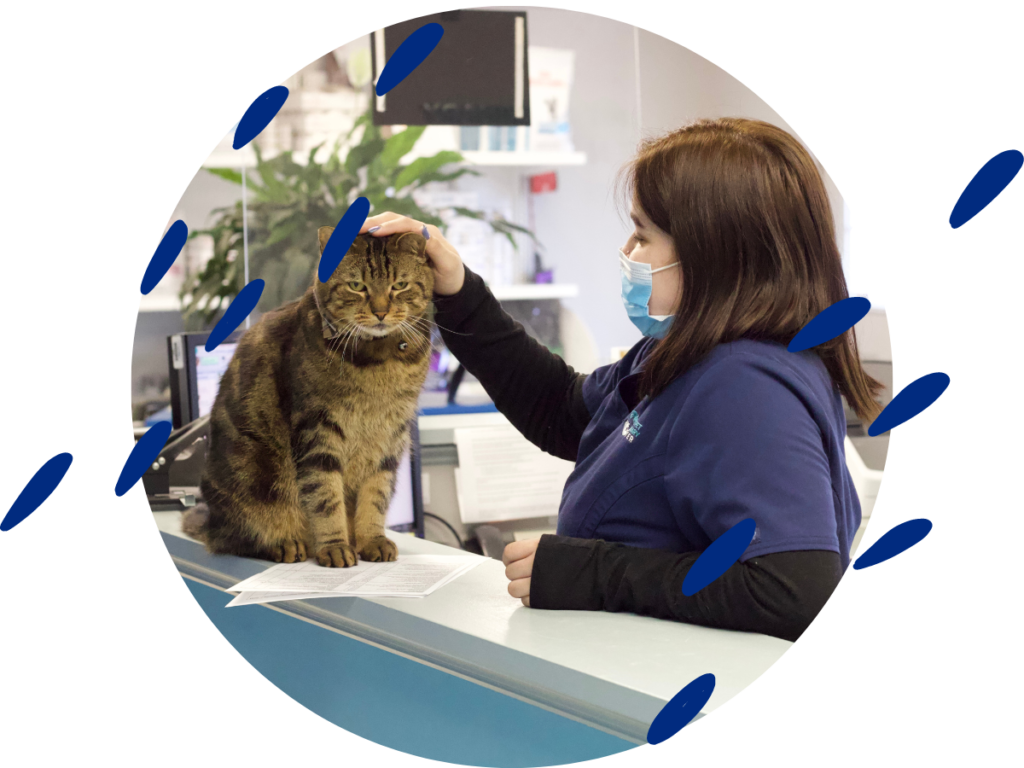
Veterinary Medicine in Action: Real-Life Cases and Success Stories
To illustrate the impact of veterinary medicine in both animal and human health, let’s delve into a few real-life cases and success stories that highlight the diverse roles veterinarians play in society.
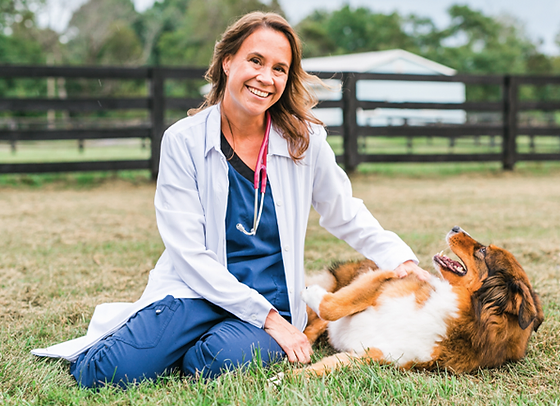
Case 1: Zoonotic Disease Prevention
In a remote village in Southeast Asia, an outbreak of a mysterious illness had left several villagers sick. The symptoms were severe, and local health authorities were puzzled. Recognizing the potential for a zoonotic disease, they called in a team of veterinarians with expertise in wildlife health and epidemiology.
After thorough investigations, the veterinarians discovered that the disease had originated from bats living in the area. Through a combination of field research, laboratory testing, and collaboration with public health officials, they were able to identify the virus responsible for the outbreak and implement measures to prevent further transmission. This swift action not only saved human lives but also protected the local bat population.
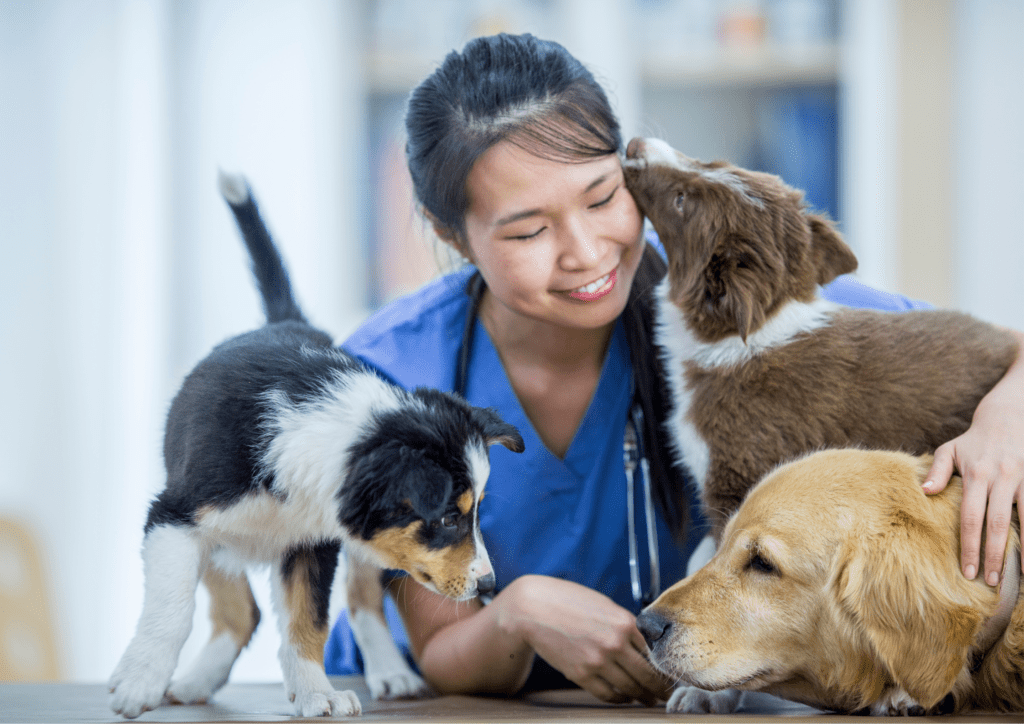
Case 2: Farm Animal Health
In a sprawling dairy farm in the heart of the Midwest, a sudden decline in milk production had raised concerns among the farm’s owners. The cows appeared lethargic and were producing less milk than usual. The farm’s veterinarian was called in to assess the situation.
After conducting physical examinations and laboratory tests, the veterinarian diagnosed the cows with a contagious bacterial infection. Swift treatment and isolation of affected animals helped contain the outbreak, preventing further spread and minimizing economic losses for the farm. The veterinarian also worked with the farm’s management to improve hygiene and preventive measures to safeguard the herd’s long-term health.

Case 3: Exotic Animal Medicine
In a bustling city, a local zoo was home to a diverse collection of exotic animals from around the world. One day, the zookeepers noticed that a rare and endangered parrot was exhibiting unusual behaviors, including loss of appetite and feather plucking. Concerned for the parrot’s health, they sought the expertise of a zoo veterinarian.
The veterinarian conducted a thorough physical examination and ran diagnostic tests to identify the underlying cause of the parrot’s distress. It was determined that the parrot was suffering from a bacterial infection that required specialized treatment. With a tailored treatment plan in place, the parrot’s health gradually improved, and it was eventually reintroduced to its exhibit, bringing joy to visitors and contributing to the conservation of its species.
